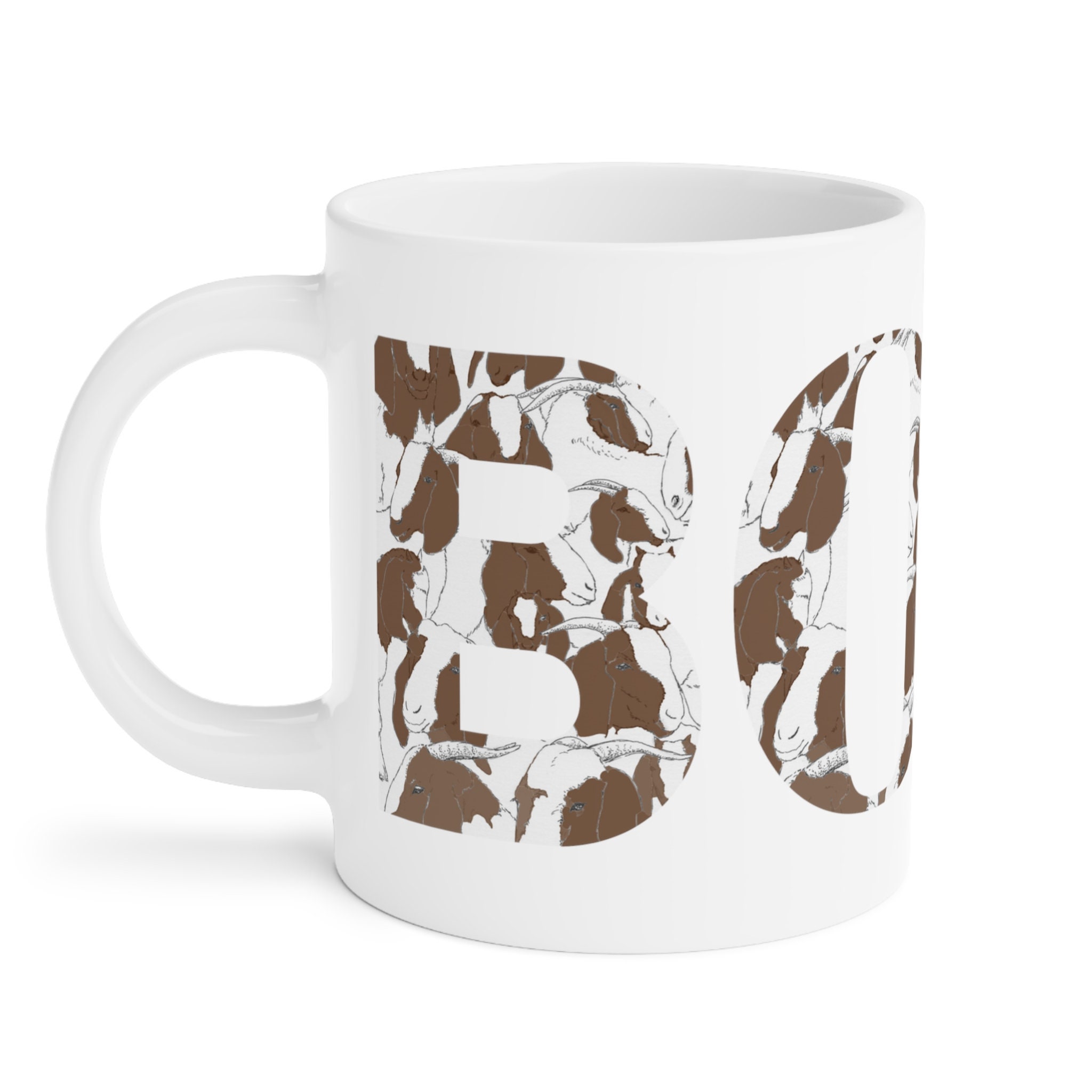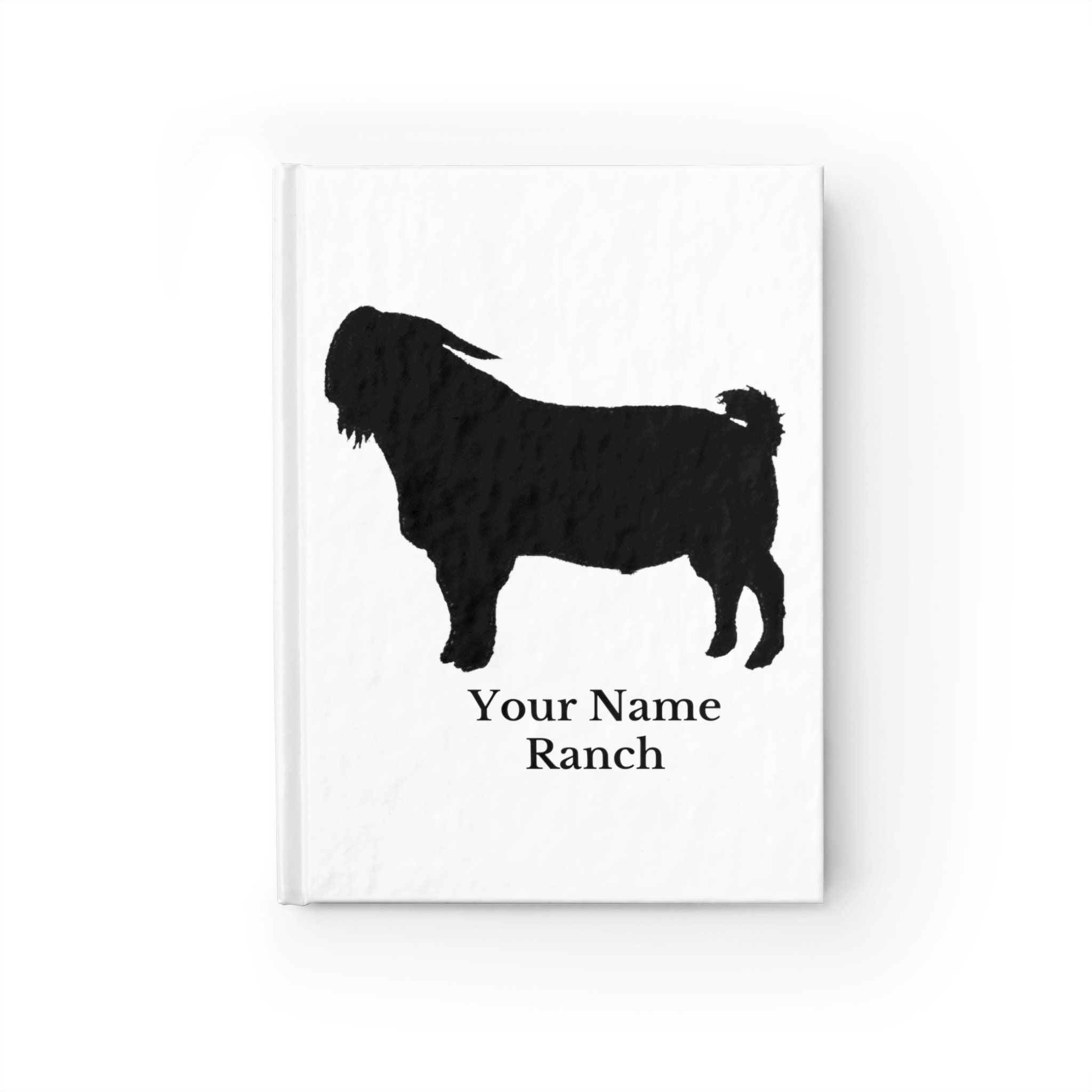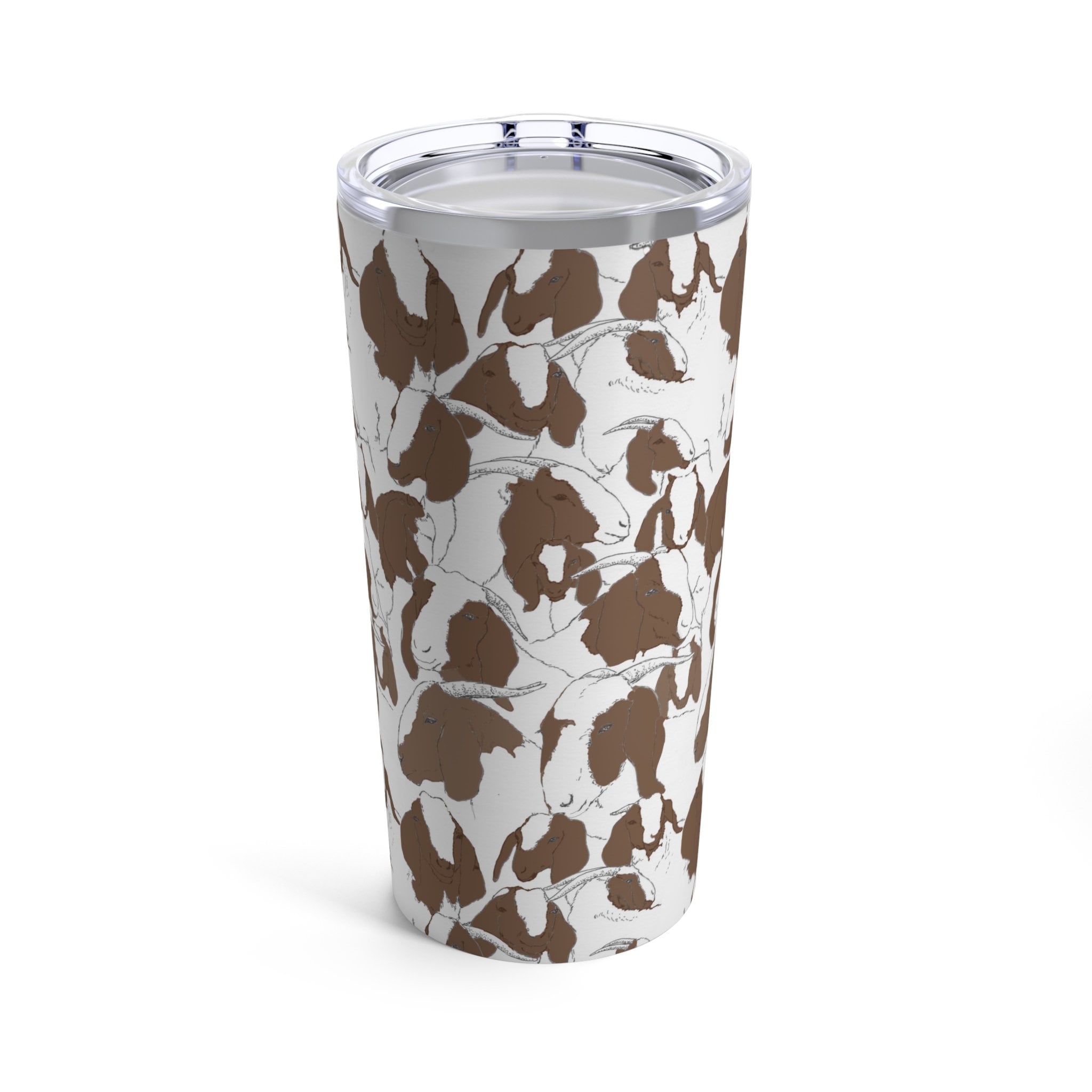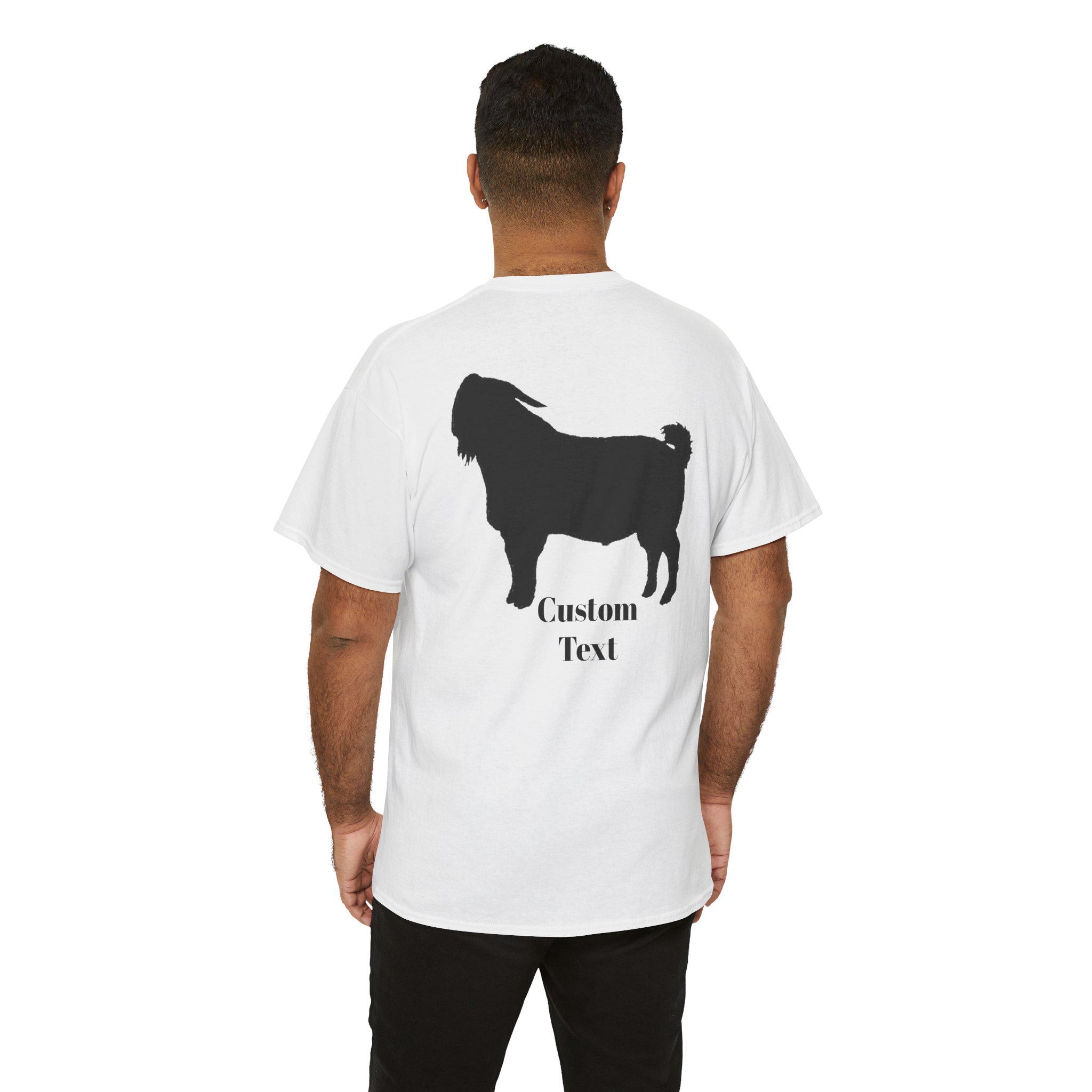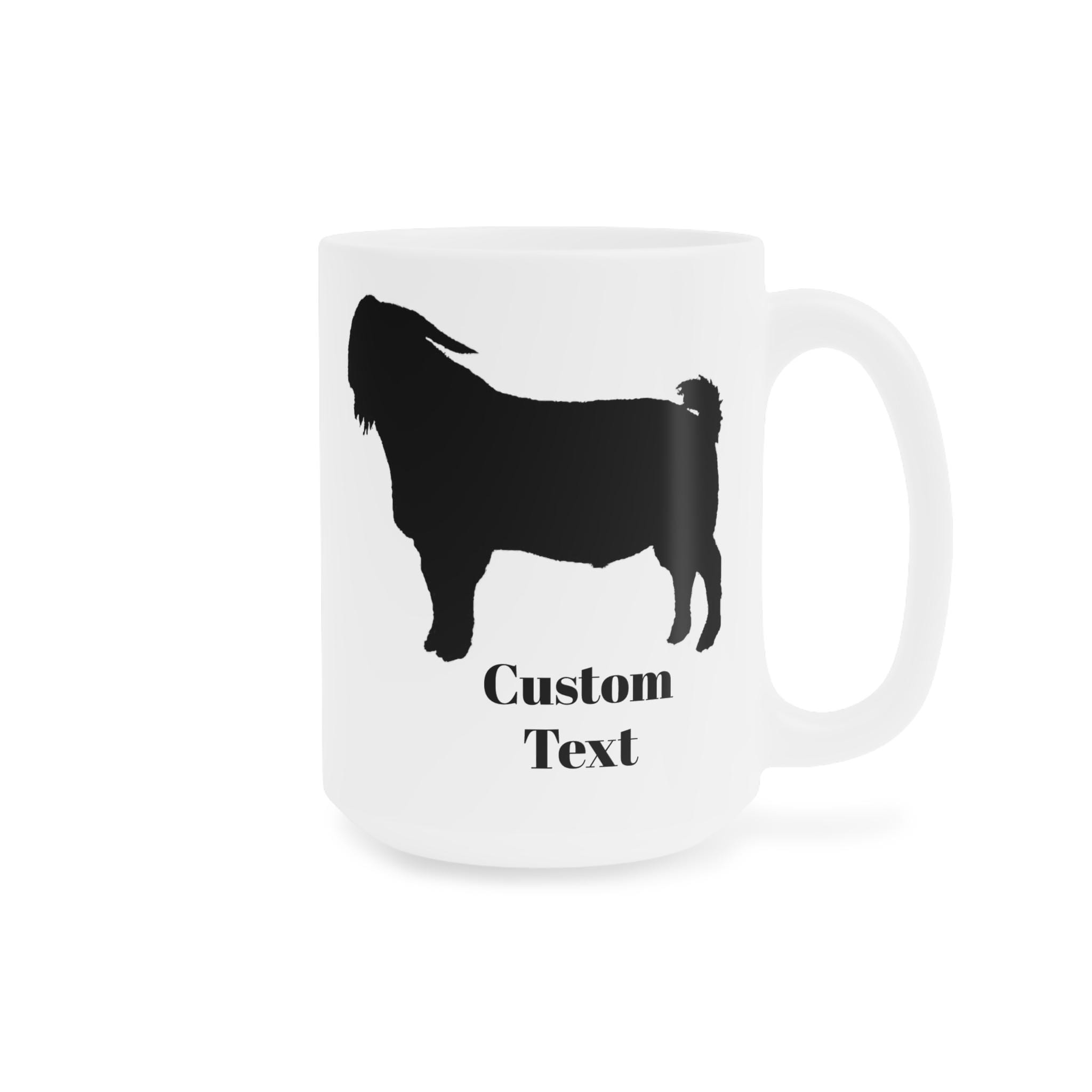How to Draw Blood and Blood Test your goats
|
The following article is a excerpt from Raising Meat Goats for Profit by Gail Bowman. Do not reproduce without express written permission. How to Blood Test your Goats Blood testing is an easy way to check your herd for most diseases. You can either take your animals to the veterinarian to have the blood drawn, or learn to do it yourself. Drawing blood is not hard, if you have the stomach for it, and doing it yourself will cut mountains off your vet bill. I strongly suggest that you have someone show you the trick the first couple times, but here is one way to do it: Just use a standard 3cc syringe with a normal 1" x 20 needle. Get a couple
of strong helpers to hold the goat. Shave the hair off one side of the goats
neck from the center to about 3 inches out. Now feel the center of the neck
for the voice box. From there, run your thumb along the skin towards the outside
of the neck (about 1 1/2 to 2 inches) until you feel a rope like thing. That
is the vein. If you put your thumb on that vein you will notice a bulge develop
a little ways above your thumb. With your other hand, slide the needle into
the bottom of that bulge in an almost straight up direction. If you go through
at too great an angle, you will go out the other side of the vein. If you go
almost straight up, you will feel the resistance of the vein, then you will
be in. The goat might jump a little, try to keep her still. Now you can take
your thumb off of the vein and pull back on the plunger until you have the amount
of blood you need. (If you pull back on the plunger, and get air, remove the
needle from the goat to expel the air. Do not take a chance on injecting air
into a vein!) When you remove the needle from the goat´s neck, put a cotton
swab with alcohol on it over the hole and press it there for a minute to allow
the blood to clot. You did it! Here are a few laboratories that may be able to process your blood sample. If there is not one listed in your area, try calling the one that is nearest to you. They probably know of another lab that is closer. California Veterinary Diagnostic Lab System National Animal Disease Center Pan American Veterinary Laboratories Veterinary Diagnostic Laboratories Washington Animal Disease Diagnostic Laboratory Diagnostic Laboratory |



